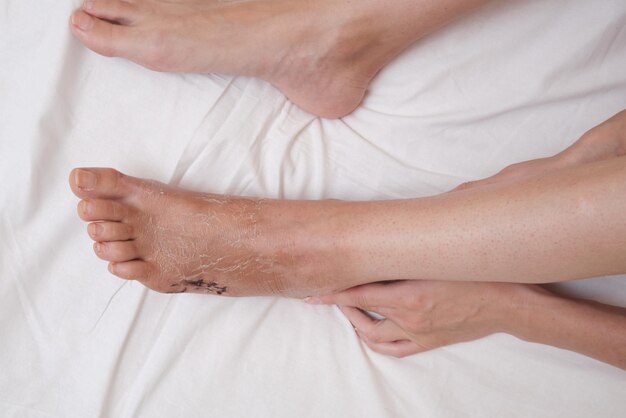What is Edema?
Edema refers to swelling caused by the accumulation of fluid in the body’s tissues, most commonly in the legs, ankles, hands, and feet. This condition can affect anyone, but it is more common in older adults, individuals with certain medical conditions, or those who spend long periods sitting or standing. While mild cases of edema often resolve on their own, severe or persistent swelling can indicate underlying health problems that require medical attention.
Symptoms of Edema
The primary symptom of edema is swelling in the affected area. Other signs may include:
- Stretched or shiny skin over the swollen area.
- Pitting: When you press the skin, a small dent remains for a few seconds.
- Heaviness or discomfort in the swollen limbs.
- Reduced movement or stiffness in joints.
- Tight-fitting clothing or jewelry, especially around the ankles, wrists, or fingers.
In some cases, edema may also cause: - Breathing difficulties (if fluid accumulates in the lungs).
- Chest pain (in cases of heart-related edema).
Causes of Edema
Edema can be caused by a variety of factors, ranging from temporary to chronic conditions:
- Prolonged standing or sitting: Staying in one position for long periods can cause fluid to pool in the legs and feet.
- Pregnancy: Hormonal changes and increased pressure on blood vessels during pregnancy can lead to swelling.
- Injury or surgery: Damage to the skin, muscles, or joints can cause localized swelling.
- Medications: Certain drugs, including those used for high blood pressure, diabetes, or anti-inflammatory purposes, can cause fluid retention.
- Chronic conditions: Edema is often a symptom of underlying health issues, such as heart failure, kidney disease, liver disease, or chronic venous insufficiency.
- Allergic reactions: In some cases, the body reacts to allergens by causing localized swelling, especially around the eyes or lips.
Treatments for Edema
Treatment for edema depends on the cause and severity. For mild cases, the following home remedies and lifestyle changes may help:
- Elevate the affected area: Raising the swollen limb above the level of the heart helps reduce fluid buildup.
- Exercise regularly: Physical activity promotes circulation and can help prevent fluid accumulation.
- Wear compression garments: Special stockings or sleeves apply gentle pressure to prevent fluid from pooling in the legs or arms.
- Limit salt intake: Excessive salt can cause the body to retain fluid, so reducing salt in your diet may help alleviate symptoms.
For more severe or chronic edema, medical treatments may be necessary:
- Diuretics: These medications, commonly known as “water pills,” help the body remove excess fluid by increasing urine output.
- Treating underlying conditions: If edema is caused by a medical condition like heart failure, kidney disease, or liver disease, managing that condition is crucial to controlling the swelling.
- Therapy for venous insufficiency: People with chronic venous insufficiency may benefit from procedures like vein ablation or sclerotherapy to improve blood flow and reduce swelling.
When to See a Doctor
While mild edema is often harmless, you should seek medical attention if:
- The swelling is sudden, severe, or painful.
- It affects your breathing or causes chest pain.
- You experience swelling in just one leg, which could indicate a blood clot.
- The edema does not improve with home treatments.
Understanding the symptoms, causes, and treatments for edema can help you manage the condition and recognize when professional care is needed.










